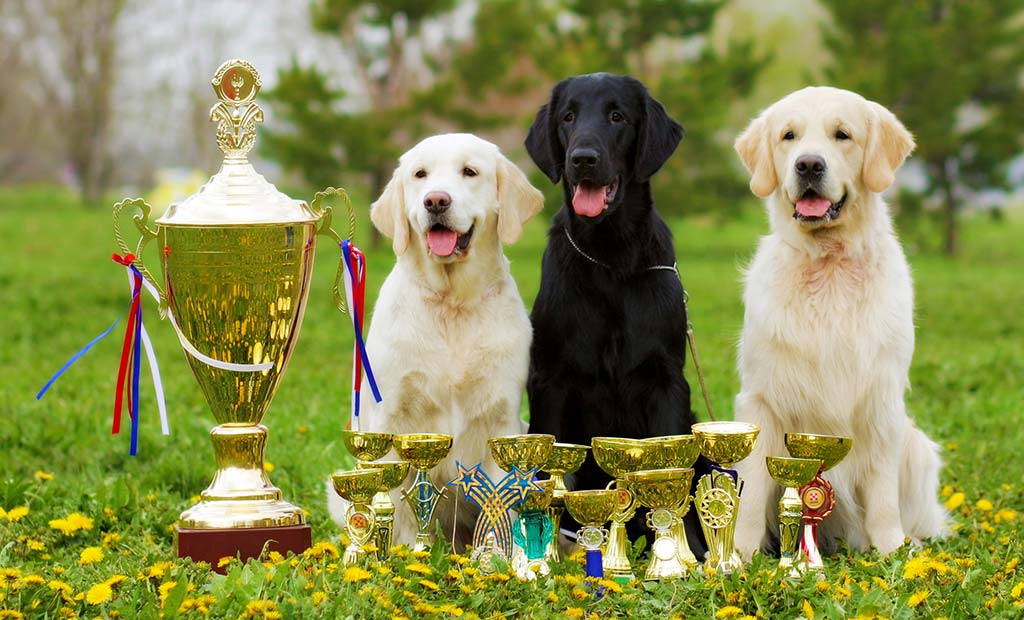Pet shows provide a fabulous child-friendly event for all types of school, but require stringent planning. If running a pet show, there is a responsibility from both the owners and the school to meet the welfare needs of all animals attending. The Animal Welfare Act (2006) is in place to prevent unnecessary suffering to animals and, although the owner always has legal responsibility for their animal, everyone involved must ensure that animals are well cared for during their visit. This includes the provision of suitable accommodation, food, water and not forcing animals to do anything they don’t want to do.
What types of animal should we encourage families to bring along?
Consider your choice of animals carefully – while it’s easy enough to transport rodents, these are usually only awake at night and are sensitive to loud noises, so this isn’t recommended.
Animals attending the show should be confident around new people and in new situations, good with other animals and children, and familiar with basic commands to ease handling (dogs).All animals should be in good health and be up to date with any vaccinations/parasite treatment as appropriate before they come into the school. Consider asking owners to provide evidence of this.
If you are charging a fee for admittance, you will also need to think about whether any dogs attending will have docked tails. It is illegal to show a dog whose tail was docked after 27 March 2007 in Wales or 5 April 2007 in England. The only exceptions are dogs with a veterinary certificate.
Several aspects of including cats at your event could cause them stress. These include: the break in routine, transportation to the event, the unfamiliarity of the place in which the event is taking place, the presence of other cats and presence of unfamiliar people. An alternative to bringing cats along could be to run a photo competition, with categories such as ‘cats sleeping in strange places’.
Are there any specific things to consider when it comes to planning, ie layout and format?
Aim to provide defined areas for different types of animal. Pay particular attention to their specific environmental requirements and keep certain animals separated.
Animals such as rabbits and rodents (which are prey species) may become stressed if they can see, smell or hear other predatory species such as dogs.
Levels of light, heat and noise must also be appropriate for each species. For example, rabbits can suffer from heat stress while others may be particularly sensitive to cold.
Consider the length of time that animals will be present – is this likely to cause them anxiety? Will they have appropriate opportunities to rest and go to the toilet? If an animal does become stressed, they will need to be removed immediately so make sure this will be possible.
How far will the animals have to travel and will they be transported in a way that means they won’t be anxious? This is especially important with visiting animals from external companies.
We’re thinking of booking an exotic animal company to attend our fair – is there anything our PTA should bear in mind?
If external organisations are bringing animals along, make sure you’re aware of any specific requirements that their animals need so you can cater for them. Research companies thoroughly and don’t be afraid to ask if they are licensed appropriately with your local authority.
The RSPCA would have concerns about exotic species being used in an event such as a pet show, as it would be extremely difficult to meet their specialist needs, such as temperature gradient, humidity, UV light and social grouping.
As wild animals kept in captivity, exotic pets have specialist needs that are difficult to meet in a captive environment. Under the Animal Welfare Act 2006, an owner of an exotic pet has a legal duty of care to meet the welfare needs of the animal – including in a temporary environment. Failure to do so could be an offence.
Some animals, such as primates, are unsuitable as pets due to their complex needs and for this reason, should not be included in pet shows. We would recommend that the organisers refer to the RSPCA’s Performing Animal guidelines.
What sort of categories should we judge on?
When you are thinking of your choice of classes, it is important to judge on health and welfare, not just appearance. Some animals are bred to look a certain way and it can actually cause suffering (for example, the RSPCA has concerns over the welfare of some pedigree dogs). You might like to judge animals based on their overall condition instead. Possible categories could be ‘best child handler’, ‘best behaved pet’, ‘best pet story’, ‘healthiest coat’, ‘best rescue story’, ‘waggiest tail’, ‘best at musical sit’ (like musical chairs), ‘best object retriever’ and ‘brightest eyes’.
Further advice
- For more details about meeting the welfare needs of pets, visit rspca.org.uk. Check with your PTA insurance provider to see whether certain criteria applies.
- Read our step-by-step guide to running a pet show
- See also: ‘Our fundraising dog walk paid for a school trip’








.gif)


